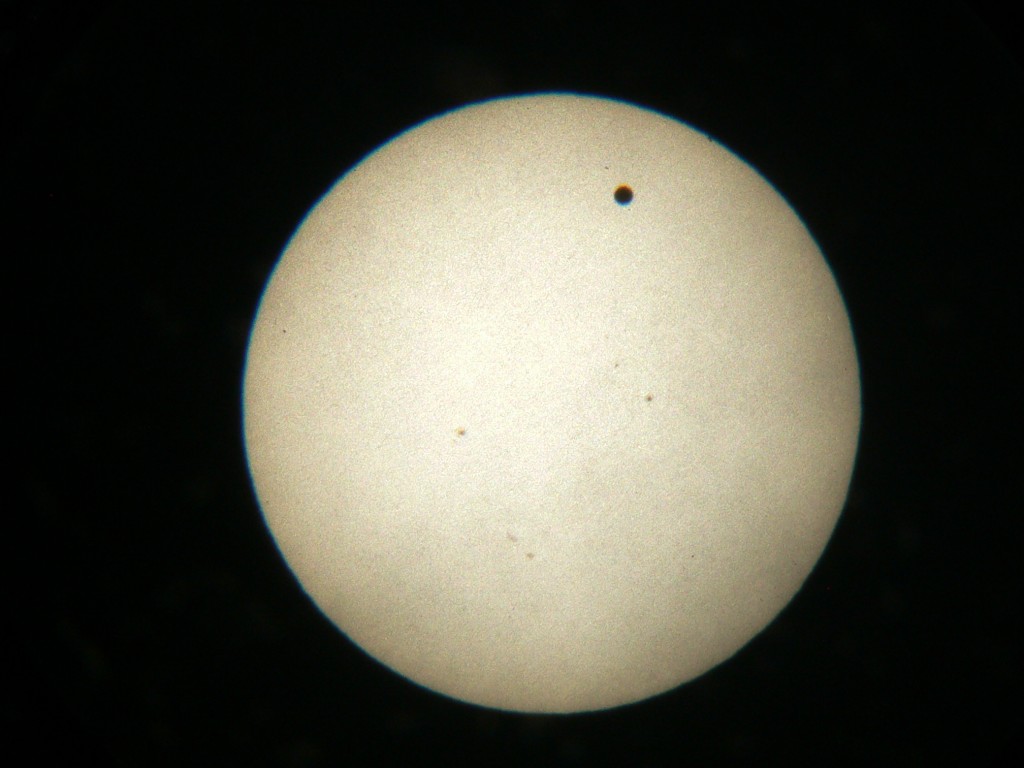We viewed the solar eclipse of August 21, 2017 from Prairie City, Oregon, about 5 miles from the centerline of the path of totality. This video includes a time-lapse sequence of the partial phases (about an hour-and-a-quarter real time into 20 seconds) and still frames of totality ( which lasted 2 minutes 9 seconds).
Sunspots are visible during the partial eclipse phases. The diamond ring and Baily’s Beads are visible just before totality. The corona and solar prominences can be seen during totality, and the bright star Regulus in the constellation Leo is visible to the left.
Images were captured using a Canon EOS 6D camera attached to a Takahashi FSQ-106 telescope on an iOptron CEM25 mount. The camera was controlled by a Windows 10 PC running Eclipse Orchestrator Pro v. 3.7.2017/06/14 from Moonglow Technologies. Accurate timing and geographic location information were obtained using a Garmin GPS 18x USB device. The computer was connected to the camera using two cables: A camera interface cable, IFC-200U from Canon and a DSUSB shutter control adaptor from Shoestring Astronomy. A solar filter from Orion Telescopes & Binoculars was fitted over the aperture of the telescope during the partial phases.






